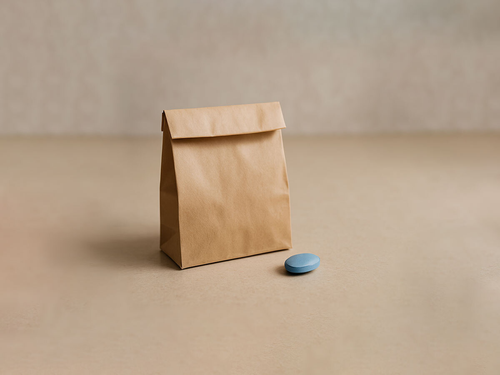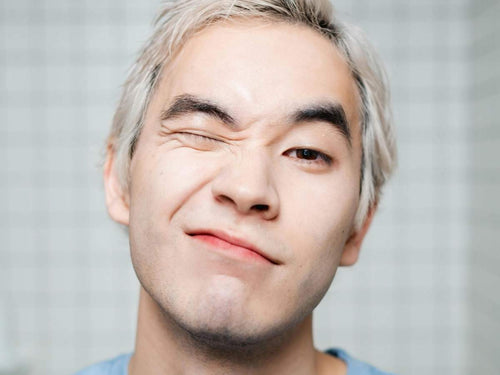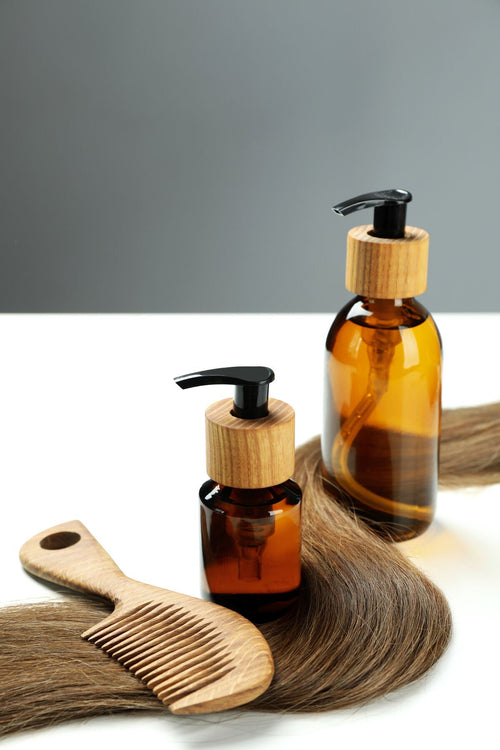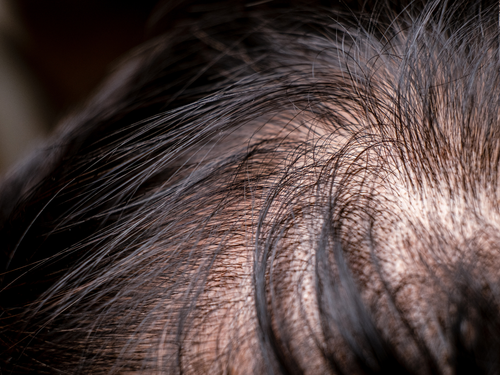Stress, Sweat, and the Sun: The Real Reasons Filipino Men Lose Hair Early
Filipino men often notice hairlines changing earlier than expected.
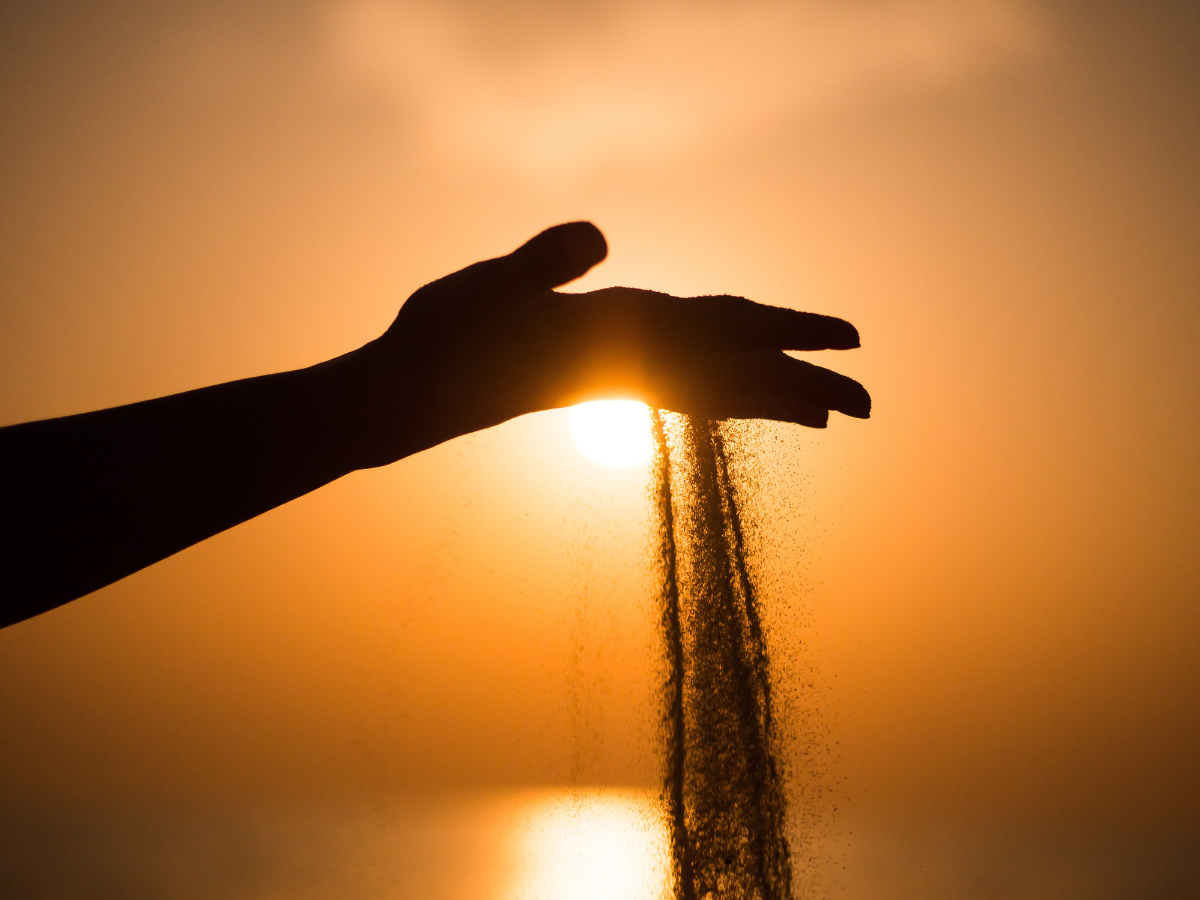
Filipino men often notice hairlines changing earlier than expected. Daily heat, long commutes, workouts, and high stress can all nudge hair into a shedding phase. This guide explains what is happening on your scalp, what is normal, and what you can do next.
What types of hair loss affect Filipino men
Two patterns show up most. Androgenetic alopecia, also called male pattern baldness, follows genetics and hormones and usually starts at the temples or crown. Telogen effluvium is different, it is diffuse shedding that follows a trigger like illness, major stress, or crash dieting. Clinical reviews describe telogen effluvium as a temporary shift where more hairs enter the resting phase, often after a trigger that happened months earlier, and it usually settles once the trigger resolves, which is why patience helps telogen effluvium.
For day to day context, our climate matters. Heat, humidity, and UV exposure can irritate the scalp and damage hair shafts. This breakdown of common causes in the Philippines offers a helpful start.
How does stress push hair into a shedding phase
Stress does not cut hair overnight. Research shows that stress hormones can disrupt the hair cycle and push more follicles into rest, which leads to increased shedding weeks later. The NIH summarizes work showing that stress can impair stem cells vital for growth in experimental models NIH. Clinically, this pattern is telogen effluvium, often peaking two to three months after the stressful event and then slowly normalizing as the trigger settles clinical overview.
What this means for a busy Filipino schedule is simple. A tough project, a break up, dengue, or lost sleep can show up on your pillow months later. The fix is to remove the trigger, protect the scalp, and give the cycle time to reset.
Does sweat make hair fall out faster
Sweat itself is not the enemy. The issue is what sweat leaves behind on a humid scalp, oil, salt, and more time for yeast to overgrow. Overgrowth of Malassezia can inflame follicles and worsen flaking and itch, which makes shedding more noticeable. Reputable guides describe how this yeast can inflame hair follicles and skin folliculitis. If your flakes look thick or greasy, or the scalp is itchy, that could be seborrheic dermatitis, which is common and manageable seborrheic dermatitis. See our local explainer that can help you compare symptoms with photos.
Day to day, rinse sweat after workouts and wear breathable caps. Use a mild shampoo more often during the hottest months. If itch or flakes persist, try a medicated shampoo with zinc pyrithione or ketoconazole as advised by your clinician.
Can the sun damage hair and speed up thinning
Yes, the sun can harm hair. UV radiation oxidizes lipids and weakens the hair shaft. Reviews and lab studies document structural damage and follicle effects after UV exposure, which over time can translate to brittle strands and more breakage. In the Philippines, heat advisories also remind us to limit midday exposure and hydrate well during high heat index periods heat advisories. Protecting your scalp is not just a comfort choice, it is part of hair care.
Practical ideas help. Use a UPF hat, pick shaded routes at noon, and moisturize hair after swim days. If you style with gel or wax, rinse before sleeping so salt, sweat, and product do not sit on the scalp overnight.
What is normal shedding and when should you worry
A few strands in the shower are normal. Telogen hairs have a tiny bulb at the end and shed daily. If you see clumps, widening parts, or visible scalp in photos, it is time to check for triggers, iron status, thyroid issues, and family patterns. This quick guide to signs that suggest male pattern change can help you compare what you see in the mirror with common stages. A healthcare provider can separate temporary shedding from genetic thinning and rule out infections such as tinea capitis.
Which habits reduce stress and scalp inflammation in a tropical climate
Anchor your week on three basics. First, regular sleep and lighter evening meals help the nervous system reset, which supports a healthier hair cycle. Second, scalp hygiene should match your heat exposure, wash more often after workouts or commuting, and keep hairstyles loose to reduce traction. Third, sun smart routines limit UV damage, think early morning runs, UPF caps, and leave in conditioners with UV filters.
Helpful reminders for busy days
-
Rinse sweat as soon as practical after a workout or commute
-
Choose gentle shampoos, then add a medicated option during flare ups as advised by your clinician
-
Rotate hats or caps so the inner band dries fully between uses
-
Plan outdoor tasks outside the strongest sun hours when possible
What proven treatments can help if thinning continues
If shedding persists after triggers settle, treatments may help. The classic pairing of finasteride and minoxidil is still the most evidence backed combination for male pattern hair loss, with each targeting a different part of the process. See this comparison guide on how the two compare and why they are often used together. For temporary shedding, minoxidil may support density while the cycle recovers, though response varies and continued use is needed to maintain gains. Always discuss side effects, dosing, and monitoring with a licensed provider.
Other medical checks matter. Low iron, thyroid conditions, and significant weight changes can worsen shedding. If you are unsure whether your pattern is genetic, temporary, or mixed, a consult with a dermatologist can save time and stress.
How do Filipino routines adapt during high heat months
Summer in the Philippines can push scalp temperatures up quickly. National advisories emphasize hydration and time in shade when heat indices are high national advisories. For hair care, that means switching to lighter leave in products, rinsing after saltwater or pool exposure, and keeping styles off the scalp skin when possible. Dry your scalp before putting a cap back on to stop sweat from sitting on the skin for hours. You can also explore andyou.ph for more guidance written for Filipino men.
Small swaps help:
-
Keep a travel size gentle shampoo in your gym bag
-
Pat dry the scalp with a clean towel after rinsing
-
Use a wide tooth comb to limit breakage on wet hair
What next steps make sense if you want thicker hair this year
Start with triggers you can change. Improve sleep, cut back on harsh styling, and protect from midday sun. If itch or flakes are frequent, treat seborrheic dermatitis early with the help of a clinician and evidence based shampoos. For men who want treatment beyond habits, consider doctor guided options such as finasteride and minoxidil. To set expectations, review the hair regrowth timeline, compare proven hair growth products, and explore regrow hair options tailored for Filipino men.

Explore More Guides and Articles You'll Love
Explore our latest guides and articles to help you learn more about the latest trends in the industry.
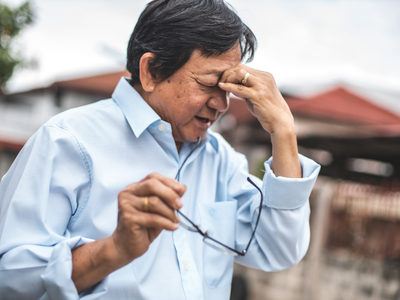
Can Stress Alone Make You Bald? The Science Behind Filipino Hair Loss
Many Filipinos are familiar with how stress can take a physical toll, from restless nights to sudden hair shedding.

Does Biotin Really Help Hair Grow Back? Filipino Review
Hair loss is a concern shared by many Filipinos, from students in Quezon City dealing with academic stress to call center agents managing erratic sleep schedules.




